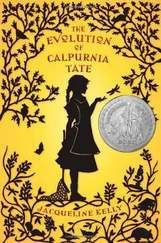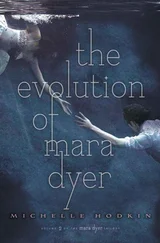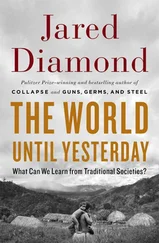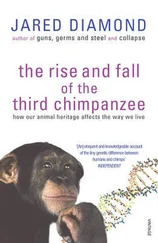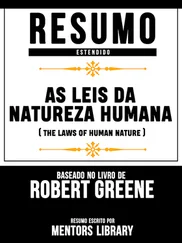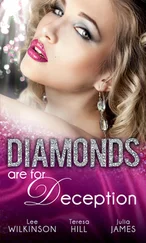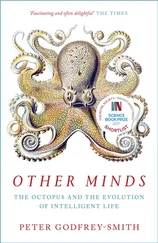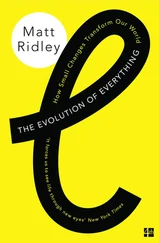Here is an example of that role. In my field studies of bird ecology on New Guinea and adjacent Southwest Pacific islands, I live among people who traditionally had been without writing, depended on stone tools, and subsisted by farming and fishing supplemented by much hunting and gathering. I am constantly asking villagers to toll me the names of local species of birds, animals, and other plants in their local language, and to tell me what they know about each species. It turns out that New Guineans and Pacific islanders possess an enormous fund of traditional biological knowledge, including names for a thousand or more species, plus information about each habitat, behavior, ecology, and usefulness to humans. All that information is important because wild plants and animals traditionally furnished much of the people's food and all of their building materials, medicines, and decorations.
Again and again, when I ask a question about some rare bird, I find that only the older hunters know the answer, and eventually I ask a question that stumps even them. The hunters reply, “We have to ask the old man. [1] Note1 or the old woman
” They then take me to a hut, inside of which is an old man or woman, often blind with cataracts, barely able to walk, toothless, and unable to eat any food that hasn't been prechewed by someone else. But that old person is the tribe's library. Because the society traditionally lacked writing, that old person knows much more about the local environment than anyone else and is the sole source of accurate knowledge about events that happened long ago. Out comes the rare bird's name, and a description of it.
That old person's accumulated experience is important for the whole tribe's survival. For instance, in 1976 I visited Rennell Island in the Solomon Archipelago, lying in the Southwest Pacific's cyclone belt. When I asked about consumption of fruits and seeds by birds, my Rennellese informants gave Rennell-language names for dozens of plant species, listed for each plant species all the bird and bat species that eat its fruit, and stated whether the fruit is edible for people. Those assessments of edibility were ranked in three categories: fruits that people never eat; fruits that people regularly eat; and fruits that people eat only in famine times, such as after-and here I kept hearing a Rennell term initially unfamiliar to me-after the hungi kengi. Those words proved to be the Rennell name for the most destructive cyclone to have hit the island in living memory-apparently around 1910, based on people's references to datable events of the European colonial administration. The hungi kengi blew down most of Ren-nell's forest, destroyed gardens, and drove people to the brink of starvation. Islanders survived by eating the fruits of wild plant species that normally were not eaten, but doing so required detailed knowledge about which plants were poisonous, which were not poisonous, and whether and how the poison could be removed by some technique of food preparation.
When I began pestering my middle-aged Rennellese informants with my questions about fruit edibility, I was brought into a hut. There, in the back of the hut, once my eyes had become accustomed to the dim light, was the inevitable, frail, very old woman, unable to walk without support. She was the last living person with direct experience of the plants found safe and nutritious to eat after the hungi kengi, until people's gardens began producing again. The old woman explained to me that she had been a child not quite of marriageable age at the time of the hungi kengi. Since my visit to Rennell was in 1976, and since the cyclone had struck sixty-six years before, around 1910, the woman was probably in her early eighties. Her survival after the 1910 cyclone had depended on information remembered by aged survivors of the last big cyclone before the hungi kengi. Now, the ability of her people to survive another cyclone would depend on her own memories, which fortunately were very detailed.
Such anecdotes could be multiplied indefinitely. Traditional human societies face frequent minor risks that threaten a few individuals, and they also face rare natural catastrophes or intertribal wars that threaten the lives of everybody in the society. But virtually everyone in a small traditional society is related to each other. Hence it is not only the case that old people in a traditional society are essential to the survival of their own children and grandchildren. They are also essential to the survival of the hundreds of people who share their genes.
Any human societies that included individuals old enough to remember the last event like a hungi kengi had a better chance of surviving than did societies without such old people. The old men were not at risk from childbirth or from the exhausting responsibilities of lactation and child care, so they did not evolve protection by menopause. But old women who did not undergo menopause tended to be eliminated from the human gene pool because they remained exposed to the risk of childbirth and the burden of child care. At times of crisis, such as a hungi kengi, the prior death of such an older woman also tended to eliminate all of her surviving relatives from the gene pool-a huge genetic price to pay for the dubious privilege of continuing to produce another baby or two against lengthening odds. That importance to society of the memories of old women is what I see as a major driving force behind the evolution of human female menopause.
Of course, humans are not the only species that lives in groups of genetically related animals and whose survival depends on acquired knowledge transmitted culturally (that is, nongenetically) from one individual to another. For instance, we are coming to appreciate that whales are intelligent animals with complex social relationships and complex cultural traditions, such as the songs of humpback whales. Pilot whales, the other mammal species in which female menopause is well documented, are a prime example. Like traditional hunter-gatherer human societies, pilot whales live as “tribes” (termed pods) of 50 to 250 individuals. Genetic studies have shown that a pilot whale pod constitutes in effect a huge family, all of whose individuals are related to each other, because neither males nor females resettle from one pod to another. A substantial percentage of the adult female pilot whales in a pod are postmenopausal. While childbirth is unlikely to be as risky to pilot whales as it is to women, female menopause may have evolved in that species because nonmenopausal old females tended to succumb under the burdons of lactation and child care.
There are also other social animal species for which it remains to be established more precisely what percentage of females reach postmenopausal age under natural conditions. Those candidate species include chimpanzees, bono-bos, African elephants, Asian elephants, and killer whales. Most of those species are now losing so many individuals to human depredations that we may already have lost our chance to discover whether female menopause is biologically significant for them in the wild. However, scientists have already begun to gather the relevant data for killer whales. Part of the reason for our fascination with killer whales and all of those other big social mammal species is that we can identify with them and their social relationships, which are similar to our own. For just that reason, I would not be surprised if some of those species too turn out to make more by making less.
CHAPTER 7. TRUTH IN ADVERTISING: The Evolution of Body Signals
Two friends of mine, a husband and wife whom I shall rename Art and Judy Smith to preserve anonymity, had gone through a difficult time in their marriage. After both had a series of extramarital affairs, they had separated. Recently, they had come back together, in part because the separation had been hard on their children. Now Art and Judy were working to repair their damaged relationship, and both had promised not to resume their infidelities, but the legacy of suspicion and bitterness remained.
Читать дальше

